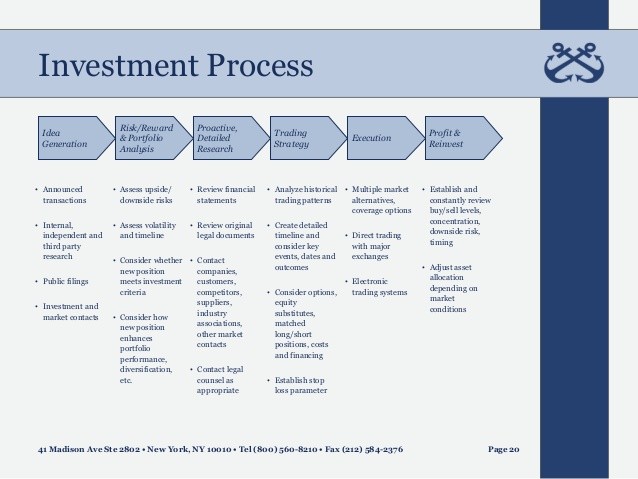Ideas for Teachers The Stock Market Risks Rewards
Post on: 3 Апрель, 2015 No Comment

Lesson description
- Activity 1. How To Read Stock Market Pages. uses information sheets to teach students about reading stock market prices.
- Activity 2. A Random Walk Down Wall Street. explains the random-walk hypothesis of efficient markets and outlines a procedure for testing the hypothesis.
Time required
- Day One: Activity 1 and begin Activity 2
- Day Two: Continue Activity 2
Tracking stock performance could continue for several weeks.
Materials
If your class is not working online, print hard copies of Activity 1 and 2 for each student.
Activity 2 will require -
- at least 1 dart
- backing that can be used as a dartboard (bulletin board, cork tiles, Styrofoam panels, etc.)
- a list of stock prices
Procedure
Log on to How To Read Stock Market Pages or distribute hard copies to each student and discuss the Activity with the class. The explanations are straightforward and generally easy to understand. Point out that the price-earnings ratio is the most useful measure in illustrating basic economic concepts because stockholders are buying claim to the company’s future profits.
The price of a share of stock, like the price of other things, is determined by the supply and demand i.e. by buyers and sellers. Stress that a stock with a low P-E ratio is not necessarily a better investment than one with a high ratio because the stock price is based on expected future prices and earnings.
Log on to A Random Walk Down Wall Street or distribute hard copies to all students. Ask them to read the sheet. Then set up the dartboard and select three stocks by throwing a dart. Then ask three students to contact a broker or bring in choices made by experts from other sources. Track the stock prices for three to six weeks.
Be prepared for a wide range of possible results: sometimes the expert opinions will beat the dart, and sometimes the dart will win decisively. Explain that the real test is to beat the random choice methods for a large number of stocks over months or even years.
Set some additional ground rules for the Activity. For example, you may want to restrict the choices to common stock. If a dart hits any security other than a common stock, you could either choose the common stock nearest to the dart or re-throw the dart. Students throwing the darts might also be blindfolded to emphasize the randomness of the selection process.














